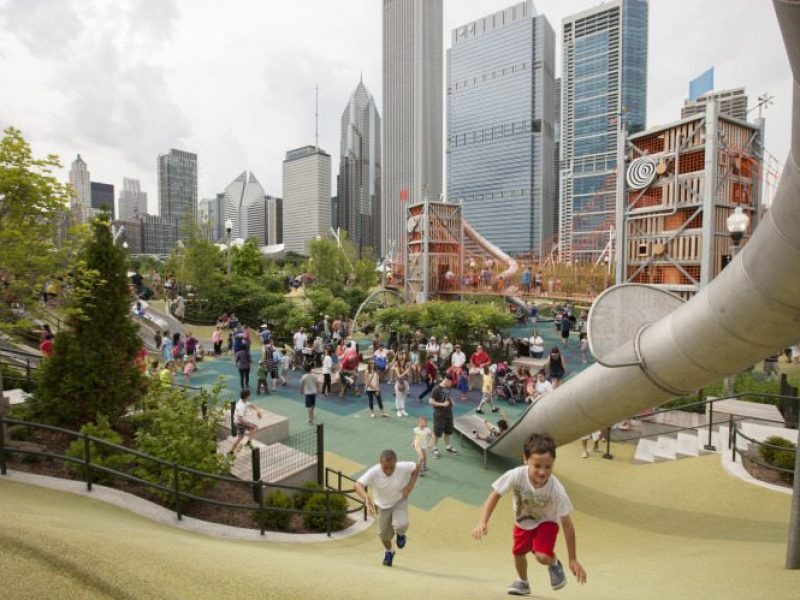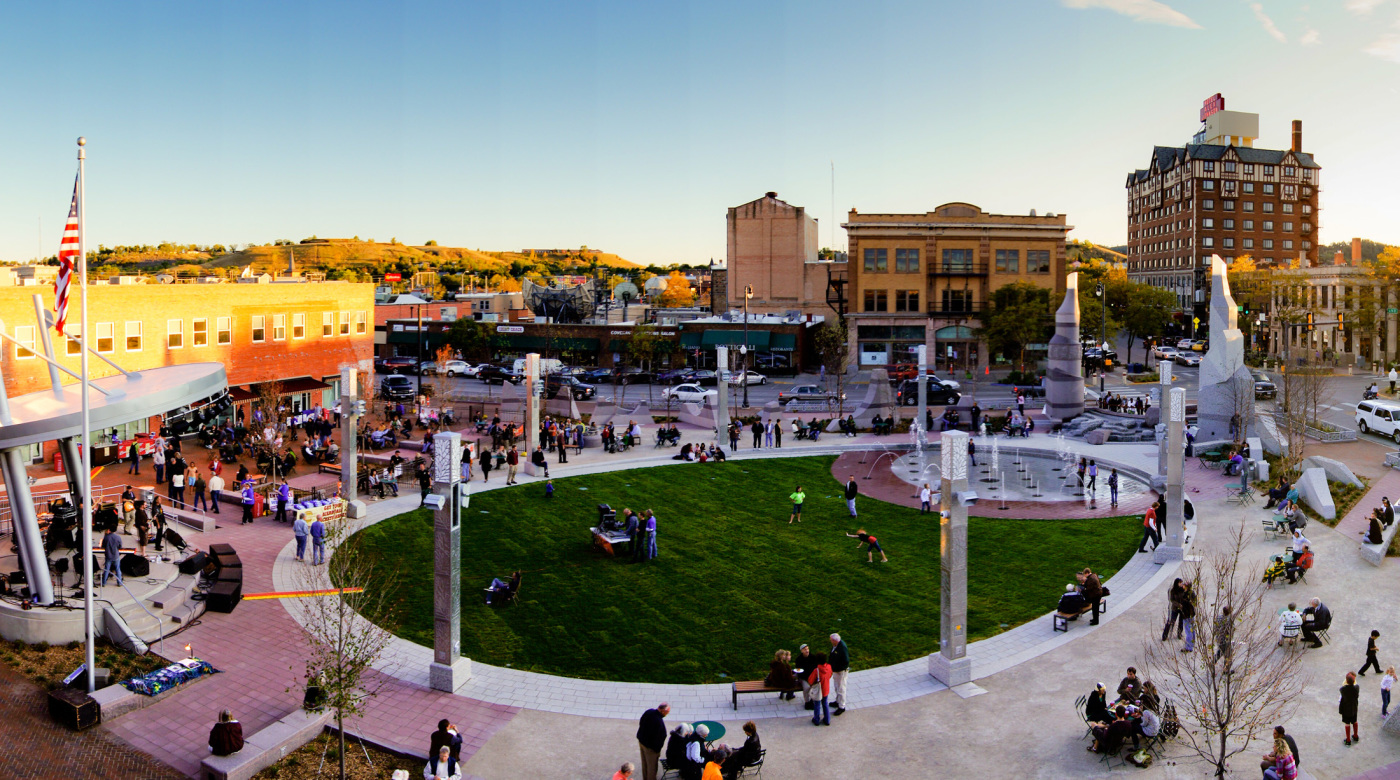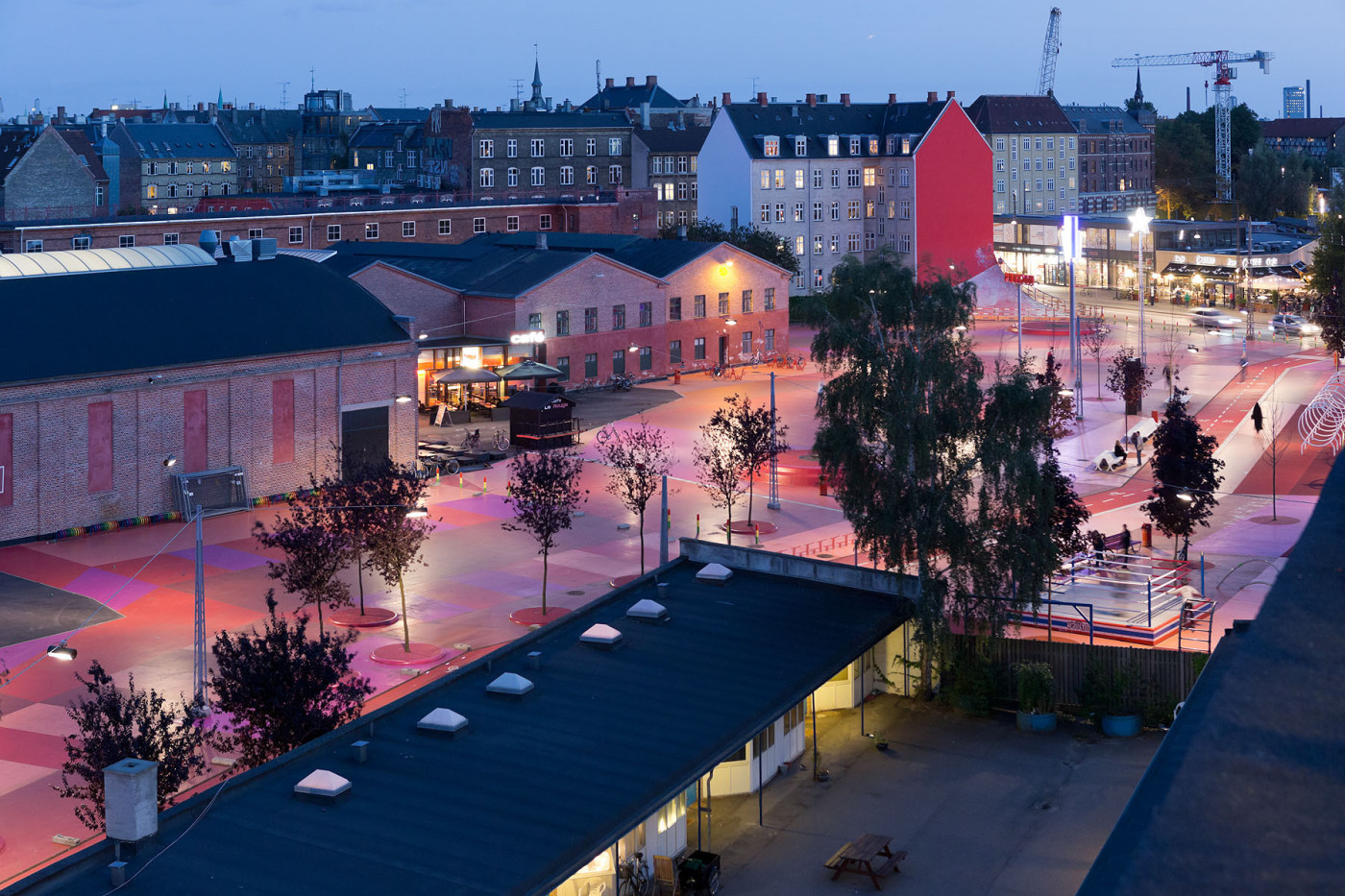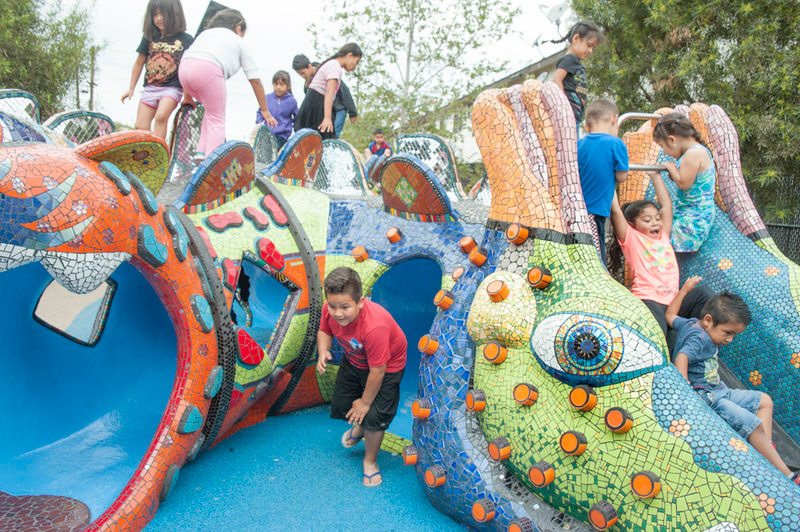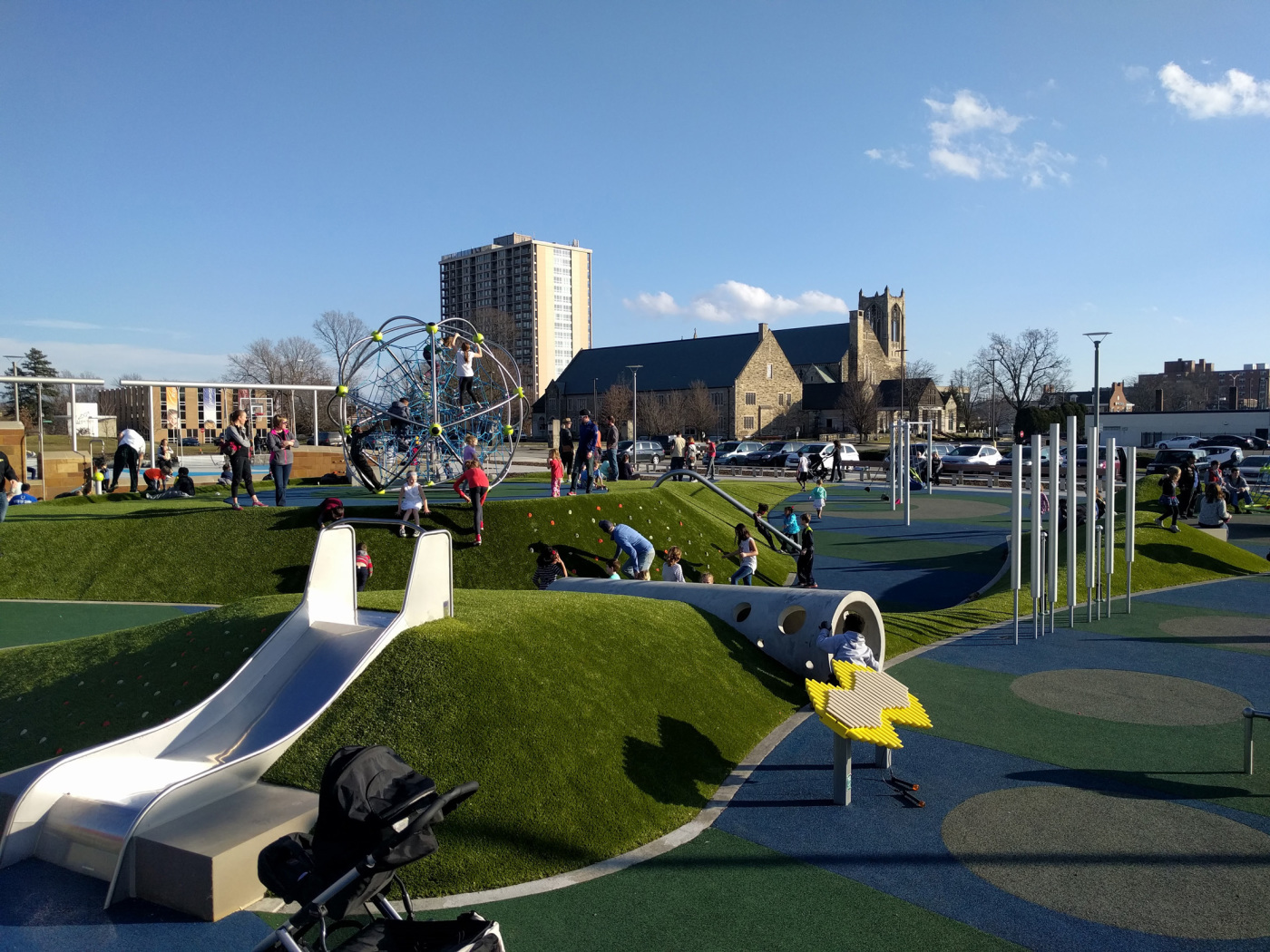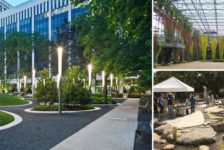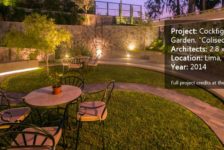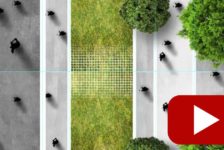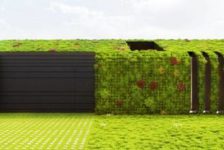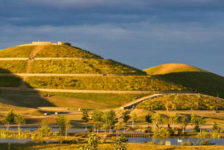Lead Image: Maggie Daley Park | Image: Scott Shigley
“You can neither lie to a neighborhood park, nor reason with it. ‘Artist’s conceptions’ and persuasive renderings can put pictures of life into proposed neighborhood parks or park malls, and verbal rationalizations can conjure up users who ought to appreciate them, but in real life only diverse surroundings have the practical power of inducing a natural, continuing flow of life and use.”
– Jane Jacobs
*This article is part 1 of a 2 part article. You can find Part II here.
The urban park has become the object of fascination and desire of many cities across the nation and the world. Everyone wants their sleek version of the High Line. Outside onlookers fantasize of their chance to make a name for their city and reap the benefits of such a wild success story, both financial and social. It would be easy to assume that projects like the High Line hold in themselves the recipe for creating an assemblage of prosperity, cultural vitality, innovation, creativity, and in the end, success. But is that what we find beneath the surface when we more deeply examine the phenomenon of urban parks like the High Line?
To find out more about the High Line, you’ll have to visit the park itself or read another article. It was our interest at Land8 to get down to the core of what makes urban parks successful. What attracts users? What ensures the care and longevity of a park? To do this, we reached out to a variety of landscape architects, landscape designers, and urban designers to get their thoughts on urban parks. They weighed in on what helps to create these special places in the hearts of our cities to a point of success and lasting memory.
Our respondents were Courtney H. Landoll, ASLA, PLA, Parks for People Project Manager, The Trust for Public Land; Carmine Russo Jr., PLA, ASLA, LEED AP BD+C, Partner, REALM Collaborative; Ryoma Tominaga, Senior Project Manager, Michael Van Valkenburgh Associates, Inc.; Matthew Bird, PLA, Senior Associate, Michael Van Valkenburgh Associates, Inc.; and Patrick Stout, ASLA, PLA, Rundell Ernstberger Associates.
A series of questions were provided to the group and their responses may just change how you previously thought about urban parks and the value that parks bring to a city. The purpose of this variety of questions was to encourage open thought and dialogue on urban parks with little guided direction. While common threads wove throughout their responses, variations therein, brought to the surface the deeper more important issues and challenged the notion that plug and play design concepts are responsible or even beneficial.
Have you noticed any trends in Urban Parks?
“The trend I noticed is capturing the opportunity for derelict and underutilized spaces and repurposing them for a park. This is possible today perhaps due to the definition of what a park has evolved into. It’s no longer just a green lawn with trees and planting, but a place of respite from the daily grind.” – Tominaga
“The trends in urban park design, particularly in our largest urban centers, is the creation of an iconic community amenity that is emblematic of the city. An identifiable brand that provides an instant vision in people’s minds of the essence of that city as a notable place to be. Consider Millennium Park and the Lurie Garden in Chicago, how could someone visit that city today without a picture under the Bean?” – Russo
“Rapid densification and gentrification are marginalizing and displacing people, creating park equity issues, which then impact health. These drivers also put a burden on existing park infrastructure to meet the need of new populations who may have different wants and needs. These demographic changes often happen at a rate we are ill-equipped to solve and while wealth abundance can provide financial resources, it also creates many challenges.” – Landoll
At the core, parks often become reflections of the values which are in place, driving the direction of the investments within the city. Priorities will often surface in the public realm and a multitude of issues influence this decisions. While we have trends that are emerging around things like tangible objects, (i.e. splash pads, beer gardens, etc.) trends also exist which are intangible in nature and call the designer and the community to look beyond the physical and require them to examine what the object is achieving and/or providing. What needs are being met or need to be met? Do unifying central identities need to be developed for a city or does the city need to restore forgotten places? What role does programming play in activating the community?
It seems that no matter the trend, value systems exist that press at the boundaries of what our society is willing to accept and stretch us to consider alternatives to traditional approaches. These design exercises in current trends require us to place value either in a physical interpretation or in a perceived reality. These choices construct a very real sociological paradigm which is either met with glowing support or vehement opposition.
What should one not include in an Urban Park?
“This is difficult to say on a broad scale. Each site may call for unique elements that may be completely inappropriate at a site a block away. The real answer is that things which do not enhance the user experience or relate to the site itself should not be included.” – Bird
“It’s not about what not to include but rather having the correct value system in place to provide what is needed the most. For example, in a small urban park will find a basketball court more useful than a tennis court depending on the demographic. A trail network may be more valuable to connect a broken link to a larger trail system that offers refuge to arid areas that have little shade throughout the city.” – Tominaga
Stout and Landoll both recognized the need to be mindful of the materiality and elements included. While at one time it was considered fashionable to design large expansive concrete plazas and sunken amphitheaters, these are now seen as undesirable and have even become associated with themes of vacancy and dereliction.
Awareness will play a large part not only in considering what elements to design into a park but which elements and programming are hindrances to creating successful spaces and valued public spaces.
While there are a variety of elements that one can have in an urban park, are there some essentials?
“It really depends on the community you are serving. Traditional white populations go to a park to exercise, traditional Latino cultures go to a park to spend time with family and friends, so there is no one size fits all. Beyond the basics, active programming can really help enliven a park while making it safe and inviting.” – Landoll
“People love water. It appeals to a variety of senses in numerous forms. It can create an interactive element for engagement or provide soft, white noise to calm one in a chaotic environment.” – Stout
“I think the essential part is the variety itself. This can be at a macro or micro scale, as in seeing a mixture of program in the same park, or seeing a blend of textures in the planting and material palettes.” – Bird
“Providing for the target audience of today and future generations 10-20 years from now. This means it has to be inclusive to the public. Accessibility, program for all types of youths, activities for animals, and spaces for children throughout range of age groups. A park should be intentionally designed for the unintentional activities. A flexible, multi-purpose open lawn, can provide more value to a park that reaches a larger audience compared to an amazing dedicated children’s play space. The key is balance.” – Tominaga
Designing for the unknown and the people are key elements for creating successful parks. While some parks are designed for specific uses and programs, many urban spaces need to have the ability to invite the community into its spaces. Designing spaces that allow for choice and expression of self are great ways to give back to a community and provide opportunities where they can come together no matter their personal interests or place of origin. Variety only increases the usability of each park. After all, that’s the point of most urban parks, to get people to visit and service the needs of the community.
What is core to designing a successful urban park?
“It’s important to understand that parks are part of the neighborhood fabric. They should reflect the communities they serve, serve their community’s actual needs (not what we think they need), and their success is dependent on good city/neighborhood planning. For example, if a city is lacking affordable housing or services related to substance abuse, parks can become a haven for the homeless or for drug activity, greatly impacting use of the park for others.” – Landoll
“It’s hard to define a core element in the physical sense. Demographics, contextual elements, and the community’s input all contribute to creating a strong sense of place. A park, or any space for that matter, should have flexibility it how it can be used. The world around us is constantly evolving and a space that can adapt becomes something that people identify with most passionately.” – Stout
“I would argue that one of the primary goals to designing a successful urban park is to instill a place that facilitates are memorable experience. This not only includes the finished product but the design process as well. The memorable experiences lie throughout all phases of design. From the initial concept, public outreach, defining what would provide the best value for the limited resources available on a project, construction, and continued maintenance of the site. A net positive experience among all constituents and the ends users will more often bring people back to the park and increase the likely hood of further public investment and more important increased quality of life.” – Tominaga
So while variety is good, a mindfulness needs to exist in the planning phase. Having an accurate awareness of the existing desires and the potential opportunities that exist in a site and the surrounding community will ultimately have great influence on the design. Success is found in revealing and empowering desires of the community. Without the input of those invested individuals, we end up with spaces which lack diversity and eventually fade.
This ends part one of our two-part article. You can find Part II here.
—
Cameron R. Rodman, Associate ASLA, is a Landscape Designer at Stewart Inc., a multi-disciplinary design firm in Charlotte, NC.



